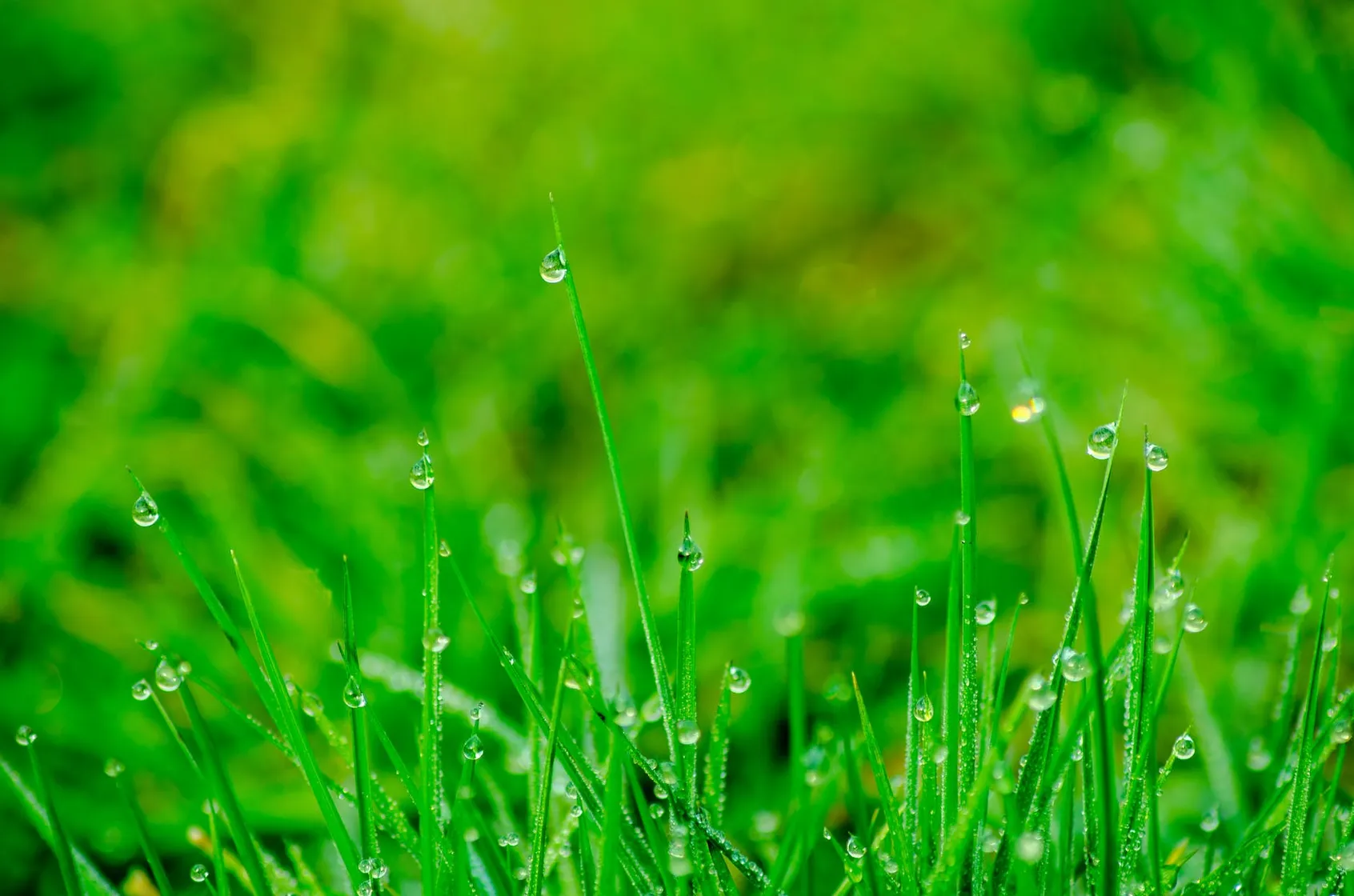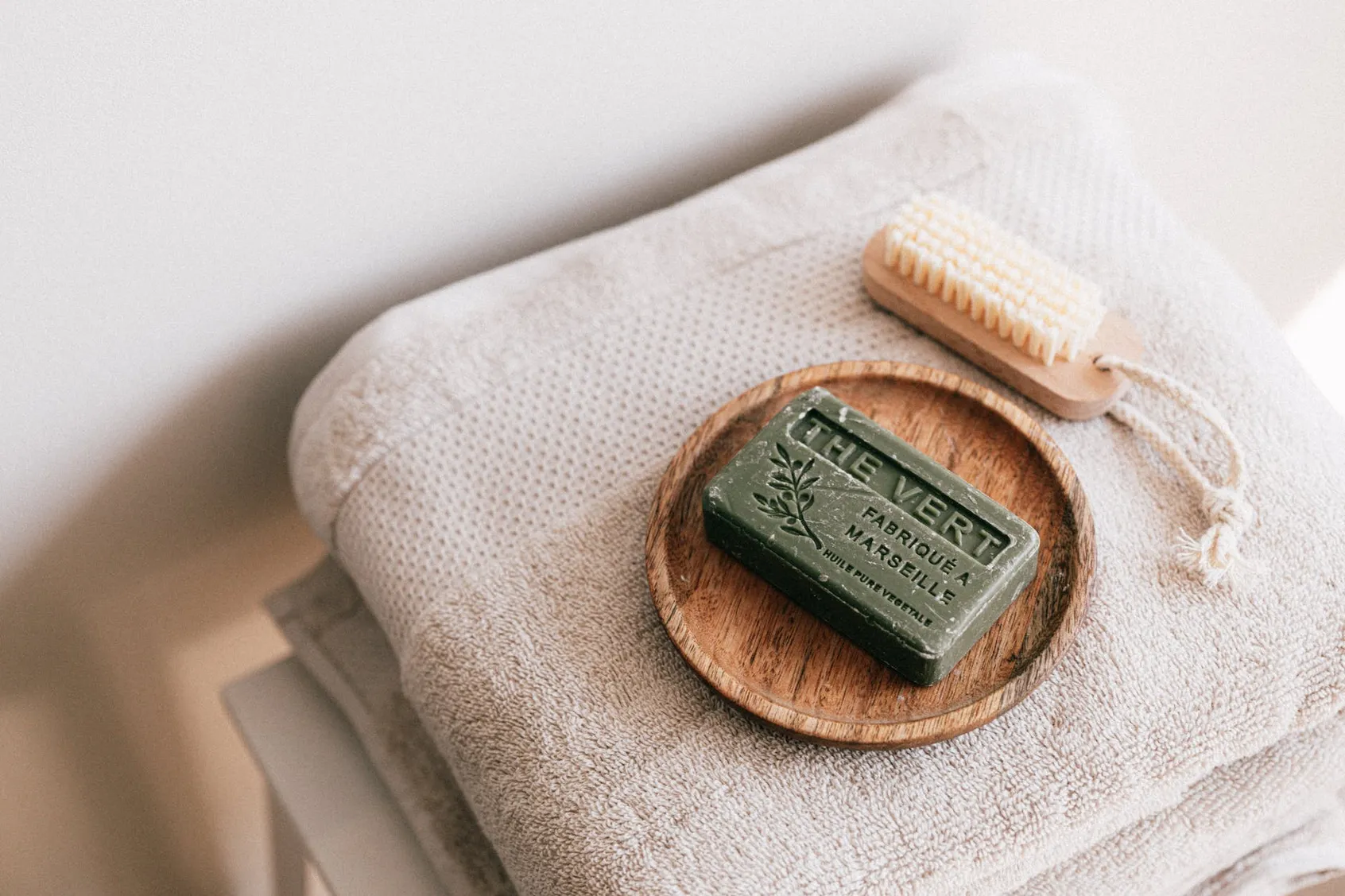What is a wet and dry kitchen? A wet and dry kitchen is an innovative kitchen design concept that separates wet and dry areas within a single kitchen space. This concept is particularly useful for households with limited space or who want to keep their kitchen tidy and organized.
By utilizing a wet and dry kitchen, homeowners can effectively separate their kitchen’s food preparation, cooking, and cleaning areas, while still having access to all the necessary tools and appliances. This concept allows homeowners to make the most of their kitchen space while having a functional and aesthetically pleasing kitchen.
What Is A Wet And Dry Kitchen?
A wet and dry kitchen is a type of kitchen that is designed to make the best use of space and function. The term wet and dry kitchen refers to two distinct areas in the kitchen; one area is designated for wet activities such as food preparation, dishwashing, and other activities that involve water or steam.
The other area is designated for dry activities such as cooking, baking, and other activities that involve dry ingredients. The two areas are usually separated by either a physical barrier or a functional separation.
The wet area typically includes the sink, dishwasher, and other appliances that require water or steam. This area is often referred to as the “wet zone.” This area can also include items such as a vegetable preparation station, a small refrigerator, or a pantry. This area should have enough counter space to accommodate all necessary appliances and food preparation tasks.
The dry area typically includes the stove, oven, and other cooking appliances. This area is often referred to as the “dry zone.” This area can also include items such as a microwave, toaster oven, or wall oven. This area should also have enough counter space to accommodate all necessary cooking activities.
The wet and dry kitchen is an efficient way to make the best use of kitchen space, as it allows for two distinct areas for food preparation and cooking. The two areas can also be used in tandem, with the wet zone used for food preparation and the dry zone for cooking. This is especially beneficial for those who are short on space or don’t have much counter space. Furthermore, the wet and dry kitchen can also help to keep kitchen messes contained, as the wet zone can be used to clean up spills and other messy tasks.
Finally, the wet and dry kitchen can be used to increase the overall efficiency of the kitchen. Separating the two areas can reduce the time spent on food preparation, as the wet zone can be used to rinse vegetables or perform other tasks that require water quickly. It can also help keep the kitchen neat and organized, as the two zones are separated and distinct.

Benefits Of A Wet And Dry Kitchen
A wet and dry kitchen is becoming increasingly popular in modern homes. Here are some of the benefits of having a wet and dry kitchen:
- Convenience: A wet and dry kitchen separates the cooking area from the storage and cleaning area. This means less clutter, easier cleaning, and greater convenience for food preparation.
- Flexibility: The wet and dry kitchen provides flexibility in cooking and entertaining. The dry kitchen can be used for entertaining guests, and the wet kitchen can be used for preparing and cooking meals.
- Safety: With the wet kitchen situated separately, the danger of a gas leak or fire spreading is minimized. This improves the safety of your home.
- Hygiene: A wet kitchen with a sink allows for easy cleaning of utensils and ingredients, maintaining hygiene throughout the home.
- Property Value: A wet and dry kitchen adds value to your property and makes it more attractive to potential buyers.
Design Tips For A Wet And Dry Kitchen
When designing a wet and dry kitchen, it’s important to consider both functionality and aesthetics. Here are a few design tips to keep in mind:
- Plan your kitchen layout carefully. Ensure that the wet and dry areas are separated and that each area has easy access to the necessary utilities like water, electricity, and gas.
- Choose materials that are durable and water-resistant. For the wet area, select tiles, countertops, and cabinets that can withstand moisture and spills. You can opt for more decorative and less practical materials in the dry area.
- Lighting is key. Good lighting can make a world of difference in your kitchen, especially if you’re working with limited natural light. Ensure the wet and dry areas are well-lit, with task lighting in key areas like the stove and sink.
- Don’t forget about storage. Whether you opt for overhead cabinets or open shelving, ensure you have plenty of storage space for your kitchen essentials.
- Keep it clean. A wet and dry kitchen will inevitably be more prone to messes and spills, so ensure that your design allows easy cleaning and maintenance. Choose materials and finishes that are easy to wipe down and keep clean.
How To Utilize A Wet And Dry Kitchen?
A wet and dry kitchen setup is popular for many homeowners, especially those who love to cook. Here are some ways you can utilize your wet and dry kitchen:
- Divide your cooking activities: The concept of a wet and dry kitchen is to keep the wet and dry activities separate. Utilize the wet kitchen for activities like washing vegetables, cleaning fish, and preparing marinades, while using the dry kitchen for cooking and baking.
- Use the wet kitchen for heavy-duty work: Since it has a sink and plenty of countertop space, it’s the perfect place to do heavy-duty tasks like washing dishes and cleaning up after a meal.
- Use the dry kitchen for socializing: If you love to entertain, the dry kitchen is the perfect place to host your guests. With ample counter space and room for a dining table, you can cook and serve meals while engaging with your company.
- Utilize storage space in both kitchens: Utilize the cabinets and shelves to organize your cooking supplies. Keep your appliances and cookware in the dry kitchen while storing your cleaning supplies and utensils in the wet kitchen.
- Keep the wet kitchen clean: Make sure to clean your wet kitchen frequently to prevent the growth of bacteria and mold. Use disinfectants and cleaning agents to keep it hygienic and safe for food preparation.

Wet Kitchen Appliances
A wet kitchen is a design concept that incorporates wet and dry kitchen appliances. Wet kitchen appliances such as dishwashers, sinks, and refrigerators require water. They are often located in the main kitchen area and are typically the most commonly used kitchen appliances. They are usually in a separate kitchen area, often called the pantry or utility area.
Wet kitchen appliances are essential to any kitchen, providing convenience and efficiency. For example, a dishwasher can help to save time and energy when washing dishes, while a sink can be used to rinse vegetables and fruits. A refrigerator can help keep food cold and fresh, while a microwave can heat food quickly. These appliances require water for their operation, so the wet kitchen is designed to accommodate them.
Dry Kitchen Appliances
Dry kitchen appliances refer to appliances that are used to perform tasks such as grinding, blending, chopping, slicing, etc., in the kitchen without the use of liquids. Some common dry kitchen appliances include blenders, food processors, choppers, grinders, and mixers. These appliances are essential tools in any kitchen and can help save time and effort when preparing meals.
When choosing dry kitchen appliances, it’s important to consider factors such as capacity, power, durability, and ease of use and cleaning. Whether you’re a seasoned chef or a beginner cook, investing in good quality dry kitchen appliances can help make your meal preparation process easier and more efficient.
How To Maximize Space In A Wet And Dry Kitchen?
Maximizing space in a kitchen, whether it’s wet or dry, requires a bit of creativity and organization. Here are some tips that can help:
- Invest in storage solutions: Shelves, cabinets, and organizers can help you maximize storage space. Use vertical racks to store pots, pans, utensils, and even small appliances.
- Install pull-out units: Pull-out cabinets and drawers can help you utilize the space in corners and awkward areas.
- Use wall space: Install floating shelves or hang hooks on the wall to maximize space for storing kitchen items.
- Utilize the space under the sink: Consider using under-sink storage to organize cleaning supplies and other items.
- Keep countertops clear: Remove items that are not regularly used and use a dish rack or drying mat to keep dishes off the counter.
- Use multi-functional appliances: Invest in appliances that can perform multiple tasks to save space, such as an instant pot or air fryer.

Pros And Cons Of A Wet And Dry Kitchen
A wet and dry kitchen design separates kitchen tasks from ‘wet’ and ‘dry’ components. The wet area is typically used for food preparation, cooking, and cleaning, and the dry area is used for storage, dining, and socializing. This type of kitchen layout is becoming increasingly popular in modern homes, as it can help make the most of a small kitchen space.
The wet area of a wet and dry kitchen usually consists of a sink, dishwasher, and refrigerator. The dry area often includes an oven, stove, countertops, and plenty of storage. This kitchen layout can be especially beneficial for those who enjoy entertaining, as the dry area can be used for seating and socializing. In contrast, the wet area is dedicated to food preparation.
One of the main pros of a wet and dry kitchen is that it helps to maximize the available space. Separating the wet and dry components of kitchen tasks eliminates the need to install two full kitchens in a small space. Another pro is that it allows you to make the most of the space and create an inviting atmosphere for entertaining.
On the other hand, the biggest con of a wet and dry kitchen is that it can be difficult to keep the area clean. With food preparation and cooking occurring in the same space, it can be easy for spills and messes to accumulate. Additionally, it can be difficult to keep the wet and dry areas separate, as food preparation often requires items from both areas.
Essential Components Of A Wet And Dry Kitchen
A wet and dry kitchen is a type of kitchen layout that is becoming increasingly popular. This type of kitchen combines wet and dry elements, such as cooking, food prep, storage, and dedicated areas for cleaning and laundry tasks. This type of kitchen is designed to provide maximum efficiency in a small space and can be useful for households of all sizes.
- Cooking Area: This is the primary area used for cooking and preparing meals. It typically includes a stovetop, oven, sink, and counter space for food prep and storage.
- Cleaning Zone: This separate area is used for cleaning dishes and other kitchen items. It can include a sink, countertop, and storage cabinets.
- Laundry Area: This area is used for washing and drying clothes. It typically includes a washing machine, dryer, and counter space for folding and storage.
- Storage: A wet and dry kitchen also includes ample storage for food, kitchen items, and other supplies. This can include cabinets, shelves, and drawers.
When planning a wet and dry kitchen, it is important to consider how the different areas will be used and how they will be connected. For example, the cleaning zone should be easily accessible from the cooking area but separate from the laundry area. Additionally, all areas should be well-lit and have adequate storage for the items used in each area.
Ideas For Creating A Functional Wet And Dry Kitchen
Many factors must be considered when creating a functional wet and dry kitchen. Here are a few ideas to help get you started:
- Divide the kitchen into distinct “wet” and “dry” zones, with their own dedicated countertops and storage areas. This will help keep things organized and prevent cross-contamination.
- Install a separate sink for the wet zone, ideally with a high-arc faucet to accommodate large pots and pans. Consider adding a built-in cutting board or compost bin as well.
- Opt for easy-to-clean, slip-resistant flooring in the wet zone, such as non-porous tile or vinyl. In the dry zone, hardwood or laminate flooring is a popular choice.
- Consider installing a backsplash in the wet zone to protect the walls from moisture and splashing. Choose a waterproof and easy-to-clean material, such as tile or glass.
- Invest in high-quality appliances for both zones, with separate cooking and refrigeration options for each zone. This will help ensure your kitchen is as functional as possible, no matter what you cook or prepare.
Dry Pantry Meaning
A dry pantry is a kitchen layout that places the cooking and food preparation area in one room and the sink, refrigerator, and food storage area in another. This type of kitchen design is common in many parts of the world and is becoming increasingly popular in the United States. The dry pantry kitchen offers several advantages, including increased storage space and improved organization of food items.
The main component of a dry pantry is the separate food storage area. This space can include cabinets, shelves, and drawers specifically designed to store food items. Instead of digging through the refrigerator or the pantry to find something, the dry pantry allows all food items to be easily accessible and organized. This helps save time and energy when cooking and reduces clutter in the kitchen.
The dry pantry also provides increased storage space for kitchen appliances and gadgets. Instead of storing them in the same room as the food, they can be tucked away in a separate room. This helps free up counter space and keeps the kitchen from being cluttered.
In addition to providing more efficient storage, the dry pantry also helps to make the kitchen more efficient. The separate food storage area allows for easier meal preparation, as all the ingredients can be gathered in one place. This makes cooking faster and more efficient and helps reduce food waste.
Conclusion
A wet and dry kitchen is a great way to maximize space and efficiency in any kitchen. Separating the wet and dry areas allows food preparation and cleaning to be organized and efficient. With the right planning and design, a wet and dry kitchen can work to make your kitchen more organized, efficient, and functional. With the right planning and design, a wet and dry kitchen can be a great addition to any kitchen.
Frequently Asked Questions:
What is the purpose of a wet kitchen?
A wet kitchen is a type of kitchen that is designed for food preparation and cooking tasks that involve water or other liquids. It is typically equipped with a sink, countertops, and various appliances and fixtures suitable for working with wet ingredients. Wet kitchens are typically found in homes, restaurants, and other food preparation areas and are designed to make cooking and cleaning tasks easier and more efficient.
How do you make a wet and dry kitchen?
To make a wet and dry kitchen, you must separate the two zones by installing a wall or partition. The wet zone should include the sink, dishwasher, and other water-related appliances. The dry zone should include the oven, stovetop, refrigerator, and other non-water-related appliances. Once the two zones are separated, you can install cabinets, countertops, and other fixtures to complete the kitchen.
How do you make a dry kitchen?
To make a dry kitchen, you must ensure that all surfaces and appliances are waterproof. This includes countertops, cabinets, and any appliances that may come into contact with water. You should also ensure that all drainage and plumbing systems in the kitchen are correctly sealed. Additionally, install a waterproof flooring material, such as tile, to prevent water from seeping into other house parts. Finally, you should ensure that any room vents are sealed so that humidity does not build up.
What is a dry pantry?
A dry pantry is a term used to describe a storage area or closet where non-perishable food items such as grains, beans, flour, and other dry goods are stored. Dry pantries are usually found in the kitchen but can also be in other home areas.
What is the difference between a wet and dry kitchen?
A wet kitchen is a kitchen that is used for preparing and cooking food. It typically includes a sink, stove, refrigerator, and other appliances. A dry kitchen is a kitchen that is used for food storage, baking, and other activities that don’t require cooking. It typically does not include a sink, stove, or refrigerator.
What appliances are needed for a wet and dry kitchen?
A wet kitchen is for cooking with water and needs appliances like a stove, oven, sink, and refrigerator, while a dry kitchen is for storage and food prep without water and may only require cabinets, countertops, and possibly a microwave or toaster. Additional appliances depend on personal preferences and the size of the kitchen.
What are the benefits of having a wet and dry kitchen?
A wet kitchen is good for cooking messy or smelly foods and has easy access to water for clean-up. A dry kitchen is good for storage and can serve as an entertainment space. Having both kitchens allows for efficient use of space in a home.
How much does it cost to set up a wet and dry kitchen?
The cost of setting up a wet and dry kitchen will vary depending on the type of materials used and the project’s size and scope. Generally, a basic wet and dry kitchen setup can range from a few hundred to several thousand dollars.
